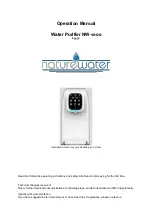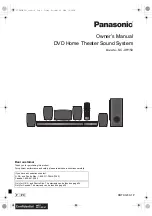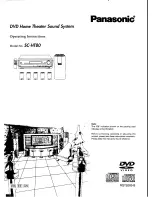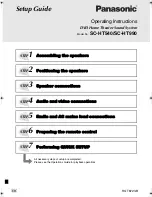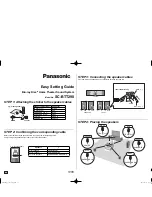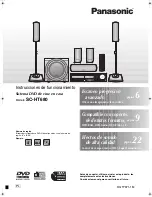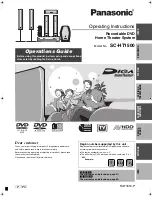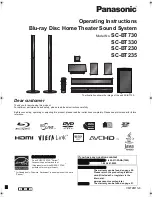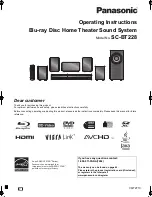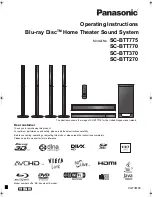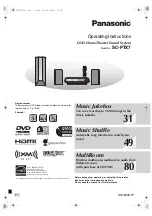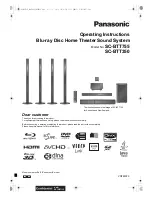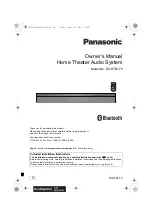
Installation
— 03.09.2020 - Rev. A
English — 11
The following typical example describes the installation of the control unit
upstream of the primary vessel and the connection of two secondary vessels.
Proceed accordingly for other installation variants.
1
Expansion pipe
SV Safety valve
2
Compressed air line
PV Solenoid valve
3
Data line
PIS Pressure sensor
RF Secondary vessel
AC Compressed air line
RG Primary vessel
EC Expansion pipe
7.3.3.1
Water-side connection
To ensure the proper function of the "LIS" level sensor, you must use the
supplied hose to flexibly connect the primary vessel to the system.
The "EC" expansion line provides secure locking and emptying for primary vessel
and the optional secondary vessels. If more than one vessel is used, a collective
line to the system is installed.
Use points with temperatures between 0 °C and 70 °C to connect to the system.
This is the return of the generator in heating systems and the flow in
refrigeration systems.
At temperatures below or above 0 °C – 70 °C, you must install in-line vessels
between the system and the Reflexomat.
Note!
For details regarding the switching of Reflexomats or in-line vessels and
the dimensions of the expansion lines, please see the planning
documents. More information is also provided in the Reflex Planning
Guide.
7.3.3.2
Control unit connection
•
The "PV" solenoid valve, the "PIS" pressure transducer and the
corresponding cables are factory-installed on the primary vessel.
–
Run the cable through the assembly pipe on the rear of the primary
vessel to the control unit.
•
Subsequently install the level sensor at the primary vessel, see
chapter 7.3.5 "Fitting the level sensor" on page 12 .
–
Attach the cable to the "LIS" pressure pick-up of the level sensor and
run the cable to the control unit.
•
The flexible compressed air hose is connected with the control unit. Run
the compressed air hose through the assembly pipe as well.
–
Control unit with one compressor:
•
Connect the compressed air line directly to the "AC"
compressed air connection of the primary vessel.
–
Control unit with two compressors or additional secondary vessel:
•
First install the supplied distributor at the "AC" compressed air
connection of the primary vessel.
•
Connect the compressed air lines of the compressors via the
distributor.
•
Use the supplied connection sets to connect the secondary
vessels.
7.3.4
Connection to an external compressed air line
An external pressure supply can optionally be connected to the Reflexomat.
When doing so it must be ensured that a pressure reducer is fitted in the external
pressure line. The minimum pressure to be set depends on the relevant pressure
rating of the vessel.
1
Pressure reducer, site attachment
PIS
Pressure sensor
2
Dirt trap, site attachment
SV
Safety valve
3
Pressure gauge, site attachment
PV
Overflow solenoid valve
4
Solenoid valve, supplied by Reflex
LIS
Level sensor
Instead of the compressor, a solenoid valve is actuated in the external
compressed air line, which releases the compressed air for the vessel. The
solenoid valve is activated by the controller. The electrical connection of the
solenoid valve is made via the terminal for the compressor in the respective
controller.
Properties of the external compressed air:
•
Quality
–
Fluid group 2 according to the Pressure Equipment Directive 2014 /
68 EU.
–
DIN ISO 8573-1 Class 1.
•
Oil-free
–
ATTENTION Diaphragm damage caused by oil-containing
compressed air. Keep the compressed air free of oil.
•
Compressed air
–
ATTENTION Damage to the vessel. The compressed air must be
reduced to the respective vessel pressure rating.
Note!
See chapter "Terminal plan" for the solenoid valve electrical connection.
Cooke Industries - Phone: +64 9 579 2185 Email: [email protected] Web: www.cookeindustries.co.nz


























